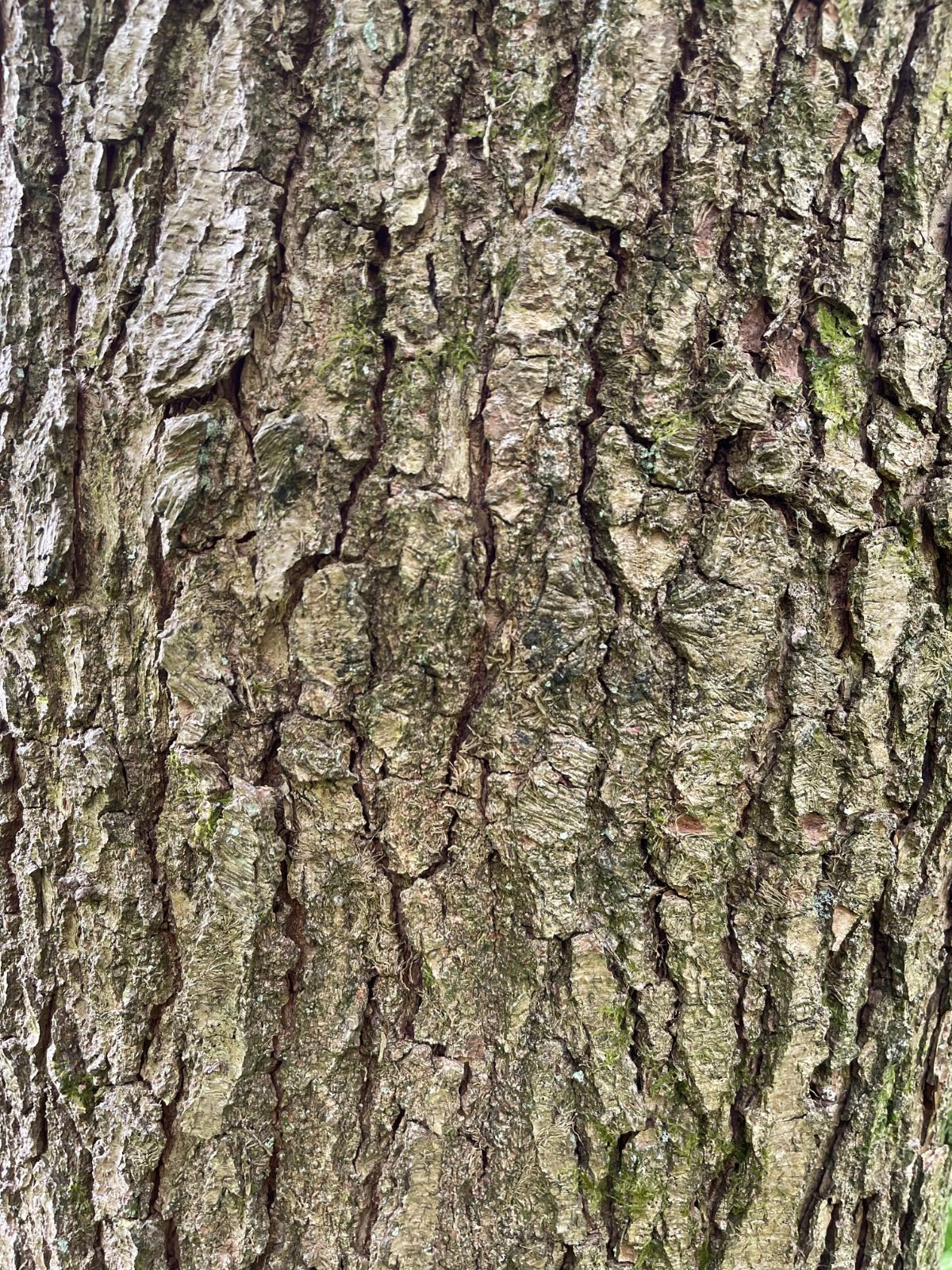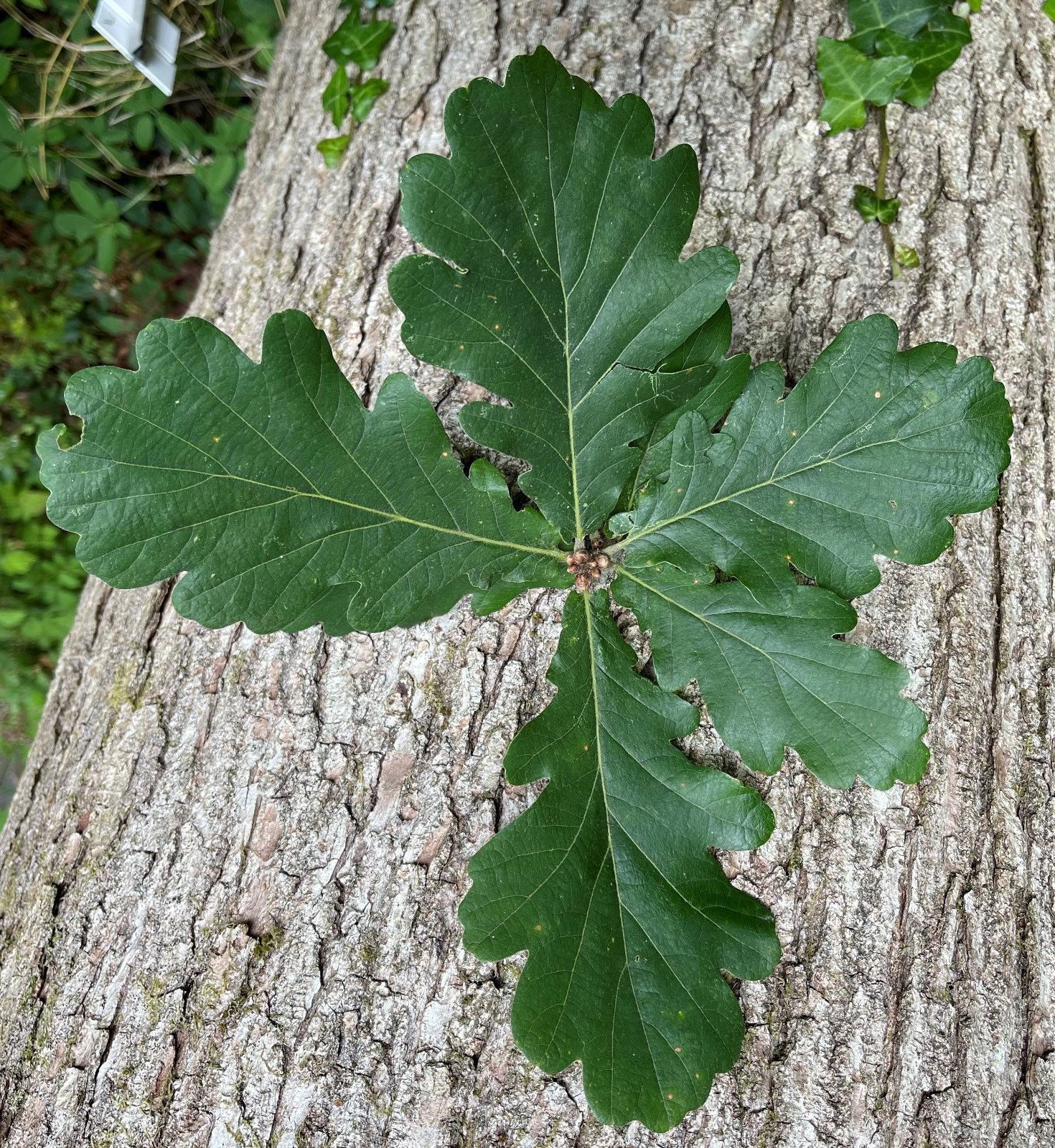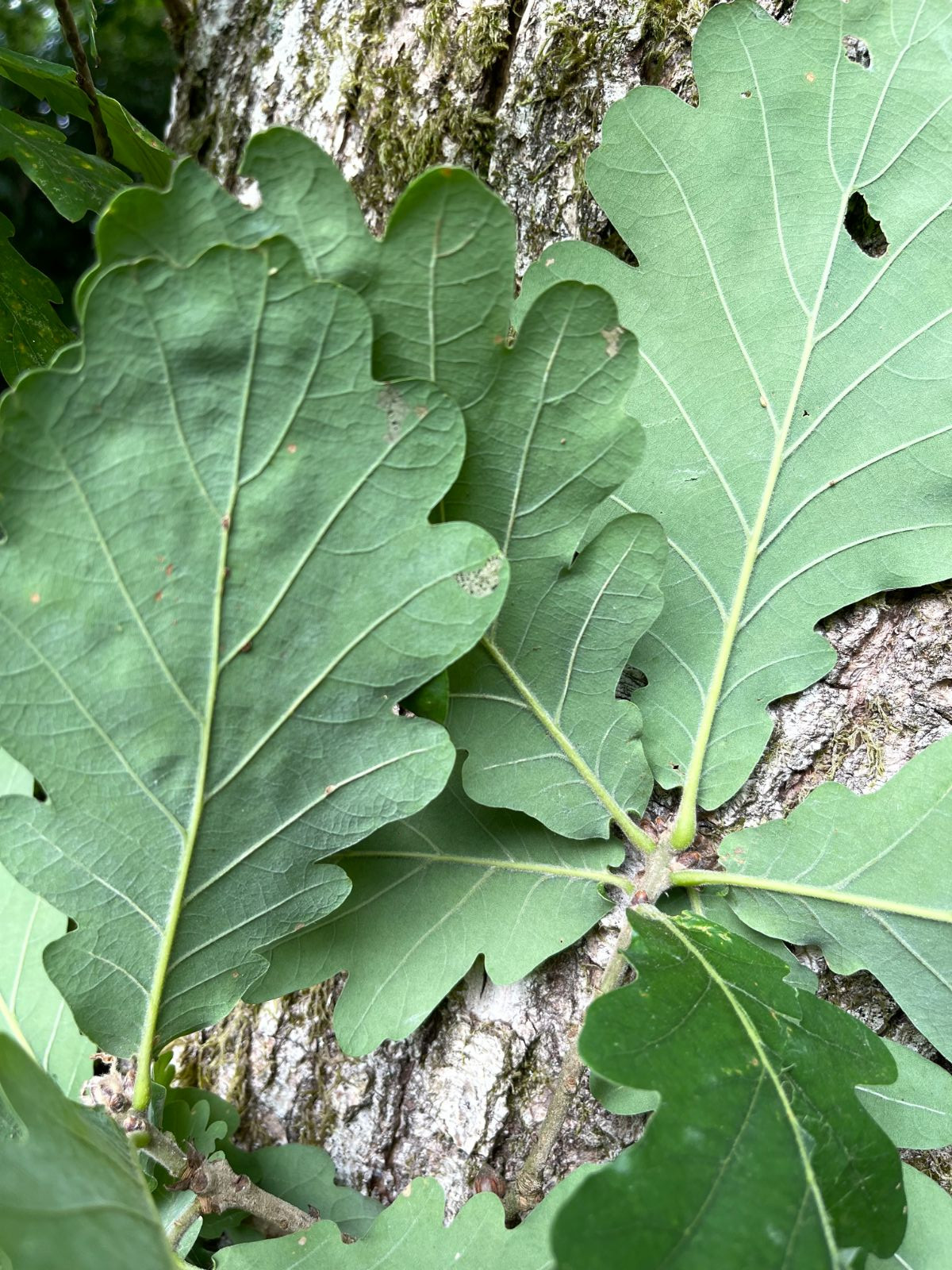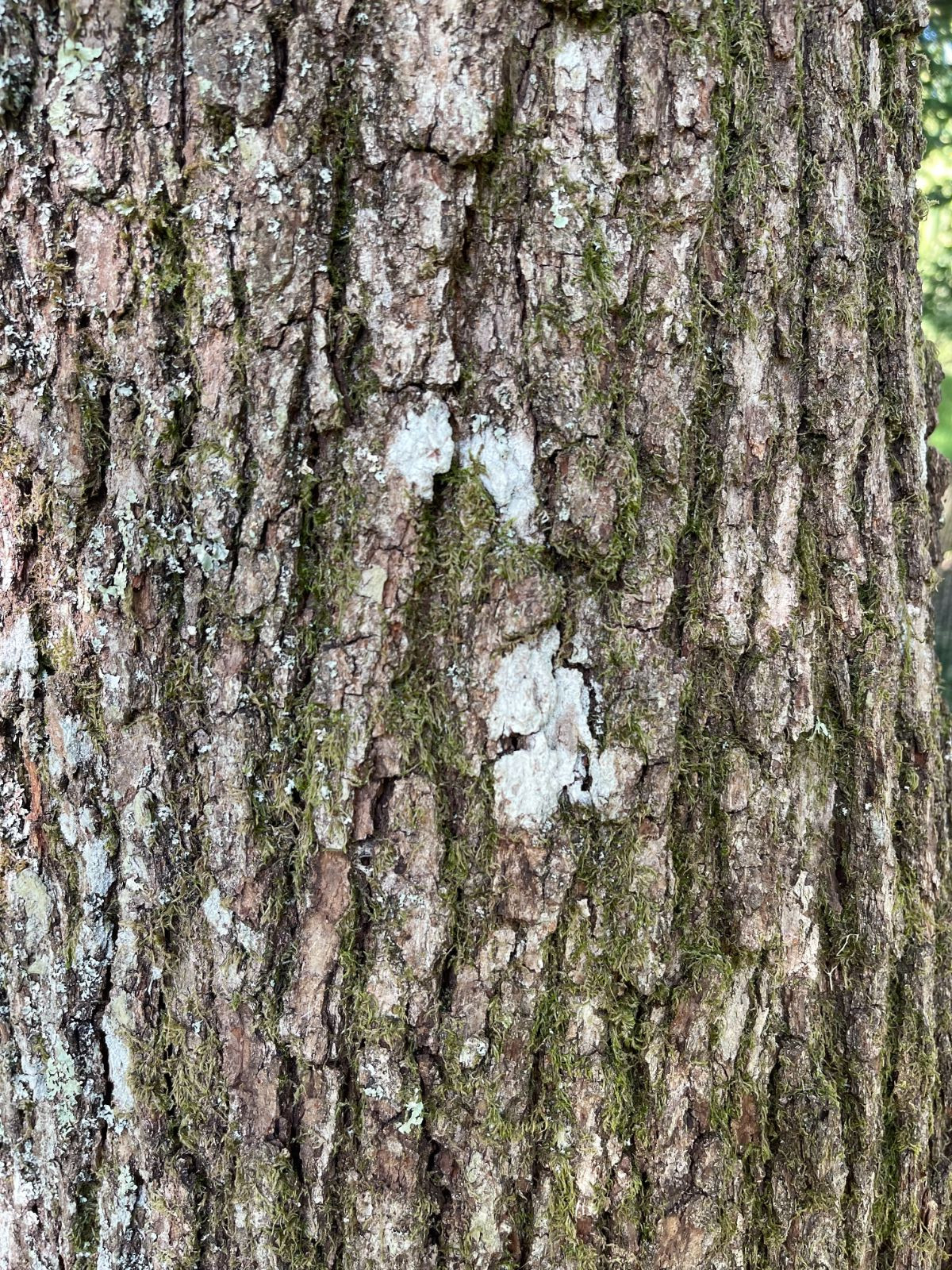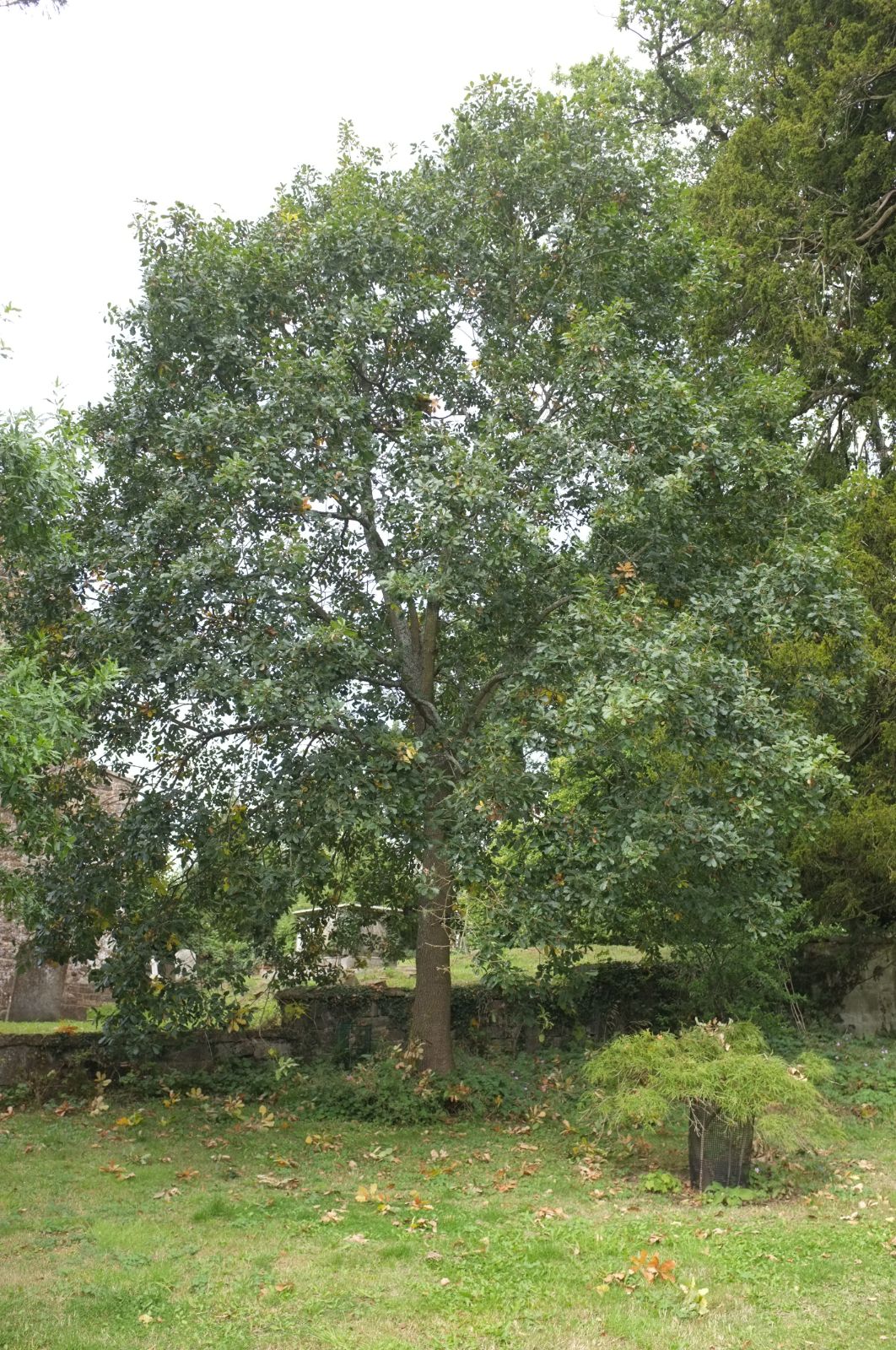Quercus macranthera
Sponsor
Kindly sponsored by
The Trees and Shrubs Online Oak Consortium
Credits
Article from Bean's Trees and Shrubs Hardy in the British Isles
Article from New Trees by John Grimshaw & Ross Bayton
Recommended citation
'Quercus macranthera' from the website Trees and Shrubs Online (treesandshrubsonline.
Genus
- Quercus
- Subgen. Quercus, Sect. Quercus
Infraspecifics
Other taxa in genus
- Quercus acerifolia
- Quercus acherdophylla
- Quercus acrodonta
- Quercus acuta
- Quercus acutifolia
- Quercus acutissima
- Quercus afares
- Quercus affinis
- Quercus agrifolia
- Quercus alba
- Quercus aliena
- Quercus alnifolia
- Quercus aquifolioides
- Quercus arizonica
- Quercus arkansana
- Quercus aucheri
- Quercus augustini
- Quercus austrina
- Quercus × auzendei
- Quercus baloot
- Quercus bambusifolia
- Quercus baronii
- Quercus bicolor
- Quercus brantii
- Quercus buckleyi
- Quercus canariensis
- Quercus canbyi
- Quercus candicans
- Quercus castanea
- Quercus castaneifolia
- Quercus cerris
- Quercus chenii
- Quercus chrysolepis
- Quercus coccifera
- Quercus cocciferoides
- Quercus coccinea
- Quercus conspersa
- Quercus crassifolia
- Quercus crassipes
- Quercus delavayi
- Quercus dentata
- Quercus deserticola
- Quercus dolicholepis
- Quercus douglasii
- Quercus dumosa
- Quercus durifolia
- Quercus eduardii
- Quercus ellipsoidalis
- Quercus emoryi
- Quercus engelmannii
- Quercus engleriana
- Quercus euboica
- Quercus eugeniifolia
- Quercus fabri
- Quercus faginea
- Quercus falcata
- Quercus floribunda
- Quercus frainetto
- Quercus franchetii
- Quercus fruticosa
- Quercus fusiformis
- Quercus gambelii
- Quercus garryana
- Quercus geminata
- Quercus georgiana
- Quercus germana
- Quercus gilliana
- Quercus gilva
- Quercus glabrescens
- Quercus glauca
- Quercus graciliformis
- Quercus gravesii
- Quercus griffithii
- Quercus grisea
- Quercus guyavifolia
- Quercus hartwissiana
- Quercus hemisphaerica
- Quercus × hispanica
- Quercus hondae
- Quercus hypargyrea
- Quercus hypoleucoides
- Quercus ilex
- Quercus ilicifolia
- Quercus imbricaria
- Quercus incana
- Quercus infectoria
- Quercus insignis
- Quercus ithaburensis
- Quercus kelloggii
- Quercus × kewensis
- Quercus kiukiangensis
- Quercus laceyi
- Quercus laevis
- Quercus lamellosa
- Quercus lanata
- Quercus lancifolia
- Quercus laurifolia
- Quercus laurina
- Quercus × leana
- Quercus leucotrichophora
- Quercus × libanerris
- Quercus libani
- Quercus lobata
- Quercus lobbii
- Quercus lodicosa
- Quercus longinux
- Quercus longispica
- Quercus look
- Quercus × ludoviciana
- Quercus macrocalyx
- Quercus macrocarpa
- Quercus macrolepis
- Quercus marilandica
- Quercus mexicana
- Quercus michauxii
- Quercus mongolica
- Quercus monimotricha
- Quercus montana
- Quercus morii
- Quercus muehlenbergii
- Quercus myrsinifolia
- Quercus myrtifolia
- Quercus nigra
- Quercus × numidica
- Quercus oblongifolia
- Quercus obtusata
- Quercus oglethorpensis
- Quercus oxyodon
- Quercus pagoda
- Quercus palmeri
- Quercus palustris
- Quercus pannosa
- Quercus parvula
- Quercus petraea
- Quercus phellos
- Quercus phillyreoides
- Quercus planipocula
- Quercus poilanei
- Quercus polymorpha
- Quercus pontica
- Quercus prinoides
- Quercus pubescens
- Quercus pyrenaica
- Quercus rehderiana
- Quercus reticulata
- Quercus robur
- Quercus rotundifolia
- Quercus rubra
- Quercus rugosa
- Quercus rysophylla
- Quercus sadleriana
- Quercus salicina
- Quercus sartorii
- Quercus × schneideri
- Quercus schottkyana
- Quercus semecarpifolia
- Quercus senescens
- Quercus serrata
- Quercus sessilifolia
- Quercus setulosa
- Quercus shumardii
- Quercus sinuata
- Quercus spinosa
- Quercus stellata
- Quercus stenophylloides
- Quercus suber
- Quercus subspathulata
- Quercus tarokoensis
- Quercus tatakaensis
- Quercus texana
- Quercus tomentella
- Quercus trojana
- Quercus tungmaiensis
- Quercus turbinella
- Quercus × turneri
- Quercus undulata
- Quercus utahensis
- Quercus utilis
- Quercus uxoris
- Quercus variabilis
- Quercus velutina
- Quercus virginiana
- Quercus vulcanica
- Quercus warburgii
- Quercus wislizenii
- Quercus xalapensis
A deciduous tree up to 60 ft high, with very stout young shoots and leafstalks covered with a thick, soft, greyish down that becomes dark, and persists through the second season; buds clothed with slender, hairy stipules 3⁄4 in. long. Leaves broadly obovate, tapered at the base, the margin conspicuously cut into seven to eleven rounded lobes down either side, each lobe 1⁄2 to 1 in. deep, sometimes with one to three teeth on its lower side. The largest leaves are 6 in. long and 4 in. wide, the smallest half as large, green, with minute hairs above, pale beneath, and clothed with soft down; stalk 1⁄2 to 5⁄8 in. long. Fruits scarcely stalked; acorns about 1 in. long, the lower half enclosed by a cup which is covered outside with erect, lanceolate, downy scales.
Native of the Caucasus and Transcaucasus, and of N. Iran (in the forest region south of the Caspian). It is one of the most distinct of the oaks of western Eurasia, with large leaves equalling Q. frainetto and Q. canariensis in that respect, but distinct from them in the densely downy shoots and undersurface of the leaves. A further distinction is that in neither of those species do the buds bear persistent stipules. Q. macranthera is quite hardy and occasionally produces fertile acorns in this country.
The date of introduction was given in previous editions as 1895, this being the year in which a plant was received at Kew from Späth’s nursery, Berlin. But William Barron and Son listed it in their catalogue for 1874, with no mention of its being a novelty, and the trees at Westonbirt are certainly older than any at Kew, and are believed to have been planted around 1878. The measurements of these are: in Mitchell Drive 80 × 63⁄4 ft (1972), in Broad Drive 60 × 7 ft (1967). Some others recorded recently are: Kew, pl. 1895, 47 × 31⁄4 ft (1965) and pl. 1908, 62 × 41⁄4 ft (1972), both in the Oak collection; Caerhays, Cornwall, 52 × 43⁄4 ft (1971); East Bergholt Place, Suffolk, 50 × 33⁄4 ft (1972); Jephson Park, Leamington, 46 × 4 ft (1971); Edinburgh Botanic Garden, three specimens of almost equal size, the largest 52 × 6 ft (1970).
From the Supplement (Vol. V)
specimens: Kew, in Oak Collection, pl. 1908, 66 × 5 ft and 56 × 33⁄4 ft (1986); Borde Hill, Sussex, 60 × 51⁄4 ft (1983); Sheffield Park, Sussex, Queen’s Walk, 74 × 73⁄4 ft (1979); Westonbirt, Glos., Mitchell Drive, pl. c. 1878, 95 × 71⁄2 ft and, in Broad Drive, 74 × 8 ft (1979–80); Stratford Park, Stroud, Glos., 52 × 63⁄4 ft (1984); Hidcote Manor, Glos., 66 × 7 ft (1983); Melbury, Dorset, 66 × 10 ft (1980); Edinburgh Botanic Garden, 73 × 61⁄2 ft (1985).
From New Trees
Quercus macranthera Fisch. & C.A. Mey. ex Hohen.
(Subgen. Quercus, Sect. Quercus)
Caucasian Oak
This species was described by Bean (B493, S412) and Krüssmann (K96).
subsp. syspirensis (K. Koch) Menitsky
This subspecies forms a small tree, 7–10 m, with leaves 5–10(–12) × 3–5 cm with five to nine short regular lobes. The leaves are dark green and glabrous or sparsely pubescent above and densely covered with yellowish brown stellate pubescence below; the petiole is tomentose, 0.5–2 cm long. The cupule is 1.5 cm diameter, light brown with ovate-lanceolate scales, and covers one-third to half of the acorn. Subsp. syspirensis differs from the typical subspecies in that the stipules persist only on the terminal bud rather than on all buds. Subsp. macranthera is generally larger in all parts, and is found in the Caucasus and northern Iran. Hedge & Yaltirik 1994. Distribution TURKEY. Habitat Oak-pine woodland on dry slopes between 1000 and 1900 m asl. USDA Hardiness Zone 5. Conservation status Not evaluated. Illustration Ertas 1995.
As seen in the United Kingdom, plants of this subspecies might well be named ‘uninspirensis’; those observed for the present work are really rather dull and uninteresting in appearance. The largest is a specimen of 5.3 m (2008) at the Hillier Gardens, from TURX 124, collected in 1991 in Zonguldak Province, Turkey, which appears to be growing steadily. In mitigation of this view, however, Eike Jablonski (pers. comm. 2006) points out that it is a slow-growing tree, suitable for small gardens and rock-garden planting.


